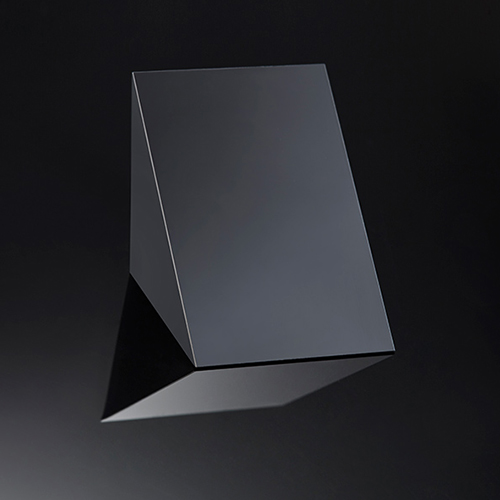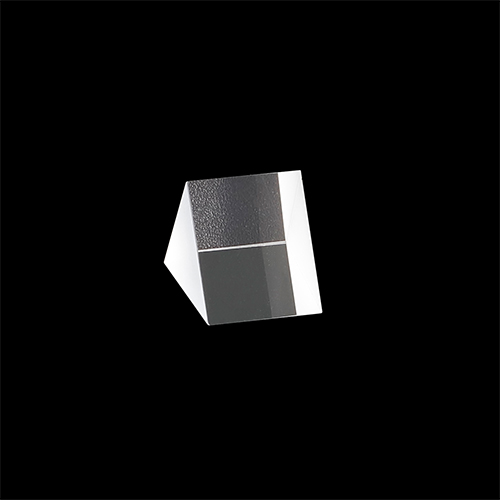The cross-section of a right angled prism is a right angled triangle. Used to change the direction of light without altering other properties of the light, such as wavelength, polarization state, etc. So what is the principle of a right angled prism?
The specific working principle of a right angle prism
When light is incident perpendicular to one of the right angled prisms, it undergoes a total reflection on a 45 ° slope and exits from another right angled plane, achieving a 90 ° turn in the optical path. If light is incident from a 45 ° slope, it will undergo a total reflection (or refraction and re reflection) on both slopes, and then exit from the same 45 ° slope to achieve a 180 ° reflection of the optical path. The above is an answer to the principle of a right angle prism. We hope it will be helpful to you. If you have any questions, please feel free to consult or leave a message online.









